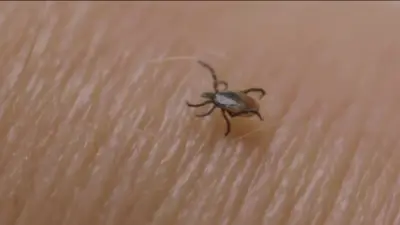Invasive, disease-carrying tick found in Maine, the farthest northeast it has been spotted

PORTLAND Maine AP Researchers have authenticated the presence of an invasive species of tick in Maine for the first time marking the farthest northeast in the United States the pest has been discovered The University of Maine and state conservation executives noted Monday they approved the presence of the Asian longhorned tick in the state in July The tick is native to east Asia where it is capable of spreading tickborne infections such as spotted fever The tick was first verified in the United States in New Jersey in and it has since spread to more than states clustering mostly around the eastern third of the country Exactly how the tick arrived in the country isn t certain but masses wellbeing officers have cited feasible routes of entry including on pets and livestock This discovery underscores the critical importance of continued tick surveillance in Maine announced Griffin Dill director of the UMaine Extension Tick Lab While this appears to be an isolated development we are closely monitoring the situation and coordinating with state and federal partners The tick specimen was not yet an adult and it was collected in the southern part of the state the lab explained in a declaration Follow-up surveillance didn t turn up any additional specimens in the surrounding area the lab noted Asian longhorned ticks feed on numerous animals including cattle and humans They pose a challenge for pest control executives because female ticks of the species can reproduce without mating which means a single individual can create an infestation the lab noted The specimen unveiled in Maine could not reproduce yet because it was a juvenile the lab commented Research is still going on to determine the tick species ability to spread pathogens in Maine and elsewhere in the U S the lab commented Ticks are a major masses fitness concern in the Northeastern U S where another species the blacklegged or deer tick spreads Lyme complaint In the meantime the constituents can prevent tick bites by taking approaches such as conducting rigorous checks for them avoiding overgrown vegetation and wearing protective clothing populace wellness agents noted

